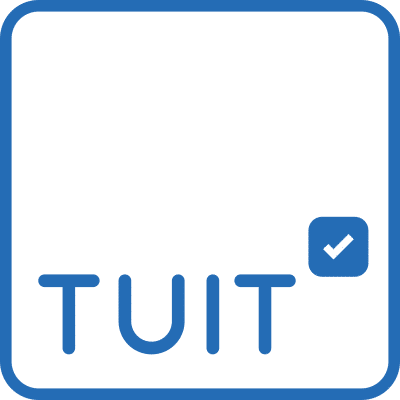Before anyone rushes off, creates training materials, and conducts the training, it’s a good idea to take a step back and assess the situation, that’s what the training assessment is for, using these training needs assessment is a four-step process. Those steps are:
- Identify a clear business goal that the training supports
- Determine the tasks the workers need to perform so the company can reach that goal
- Determine the training activities that will help the workers learn to perform the tasks
- Determine the learning characteristics of the workers that will make the training more effective
Sounds simple enough, but let’s break those four steps down a bit more.
Identify the business goal:
Don’t provide training if it’s not clear why you’re doing it, or if it doesn’t directly support a business goal. Business goals include things like increasing revenue and efficiency, decreasing costs and waste, supporting a new product, teaching a new or changed production process, or complying with regulations. For example, a business goal might be to train employees to create a new product.
Determine the tasks workers need to perform:
Once you’ve identified the business goal, ask yourself what your employees have to do if the company is to reach that goal. During this phase, you’ll identify the “performance gap” between what your workers can do now, and what they must be able to do. To keep with our new product example, the workers might need to know what the new product is, how the product is produced, and (most importantly) the tasks the workers must perform on the job to make the product.
Determine the training activities that will help workers learn to perform the tasks:
You’ve identified what the workers need to do, so now you must identify the training activities that will help them learn to do those tasks. To continue our example, this may include a quick and short explanation of the product, an equally quick and short overview of the production process, and demonstrations mixed with hands-on practice of the tasks they’ll have to perform on the job.
Determine characteristics of workers that will make the training more effective:
Finally, consider the characteristics of your workers to determine the type of training that will be most effective for them. In a perfect world, you’d cater training to everyone, but that’s not always possible and you may have to consider the average characteristics of the group. Consider these kind of things: are they more comfortable with computer-based training or instructor-led training; do they like self-guided or self-paced learning, or would they struggle in that environment; are they youngish or older; are there cultural issues that may factor in; do they learn better from reading, listening, or doing; etc. And because it’s hard to create one-size training that fits all, consider training that blends different aspects, so you’ve got a better chance of reaching everyone. Browse our Workshops



